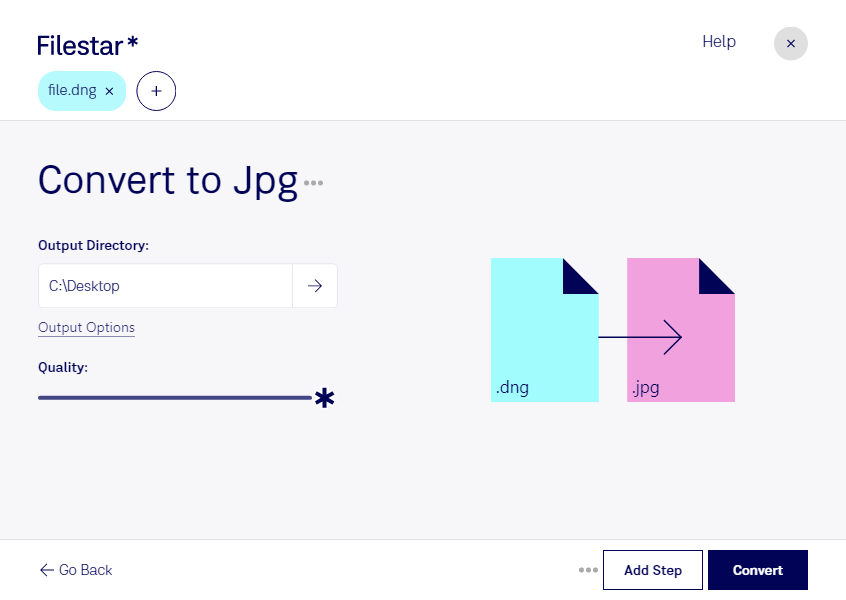About the Dng file format
- Name
- Digital Negative Image
- Extension
- .dng
- Format
- Binary
- Category
- Camera
- Developer
- Adobe Systems
- Description
- Universal RAW image format for saving digital photos in an uncompressed format; developed by Adobe Systems as a RAW image archival format and is supported by many image viewing and photo editing programs.
- MIME Type
- image/x-adobe-dng
- Sample
- sample.dng
- Wikipedia
- .dng on Wikipedia
Digital Negative image (DNG) is a lossless raw image format developed by Adobe. It is mainly used in photography. Photographers prefer this file format because they can easily control what happens with their images. It is an archive format that comprises raw files taken by various digital cameras. Lots of software manufacturers like Google support this file format. Camera manufacturers like Samsung, Leica, Ricoh, and Cassia have also developed cameras that support the DNG file. DNG file's processing solution allows the flow of work when processing raw files from various camera models and manufacturers. Manufacturers like it because it quickly adapts to the rapid tech changes making it easy to work with. One of the significant advantages of DNG is that it’s reduced the need for camera testing. With excellent control over conversions by third-party applications, it’s easy to adopt new cameras in the field. As a result, it’s reduced the need to have new formats developed for every application and camera as DNG is used across multiple platforms. The file has boosted the confidence of many photographers when it comes to archiving. Thanks to DNG, photographers can retrieve images in their raw form in the future. Adobe Photoshop, Lightroom, and Photoshop Element are some of the programs that can open DNG files. Google Picasa and ACDSEE can also open these files on Windows and Mac Operating system.



